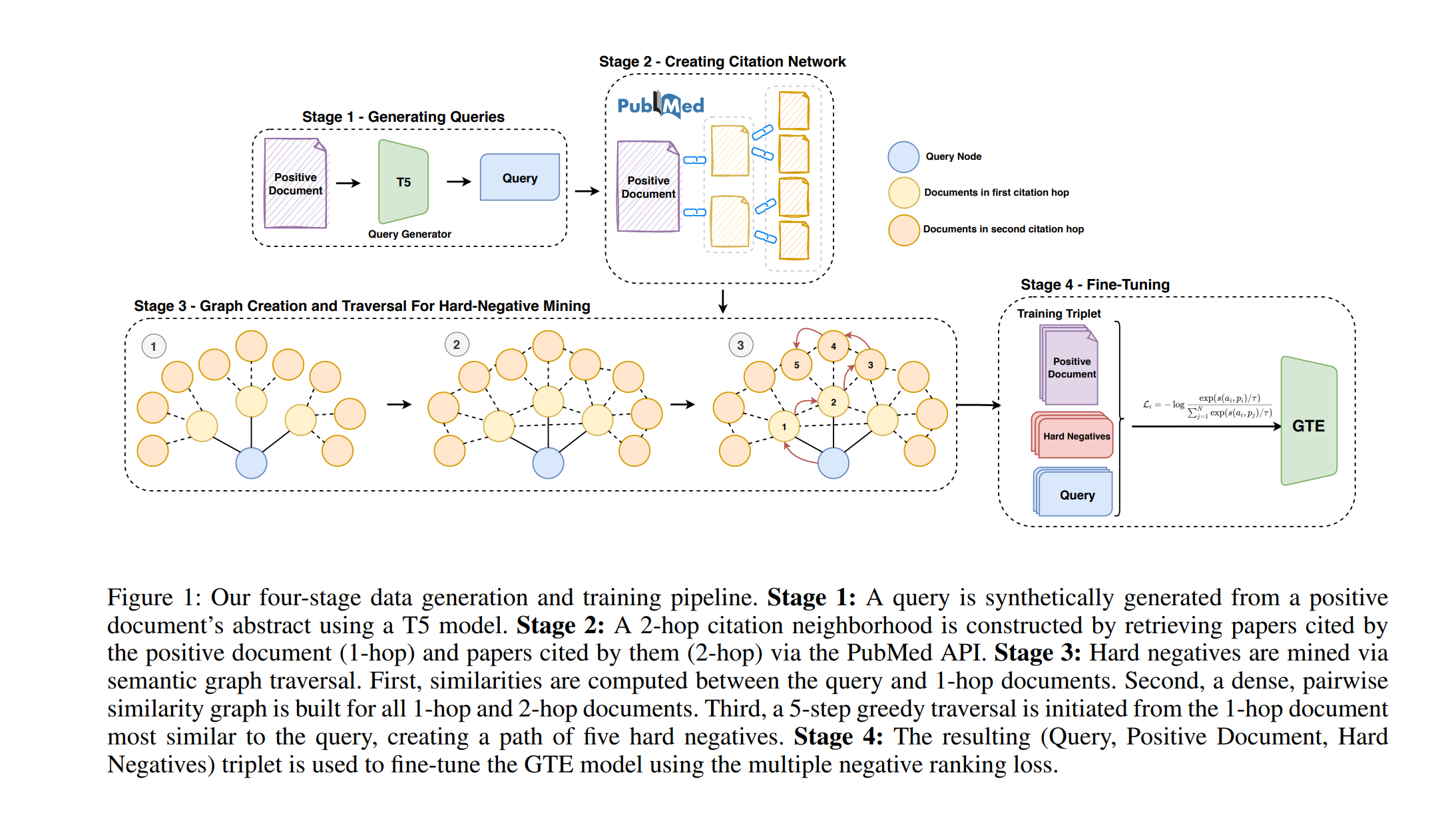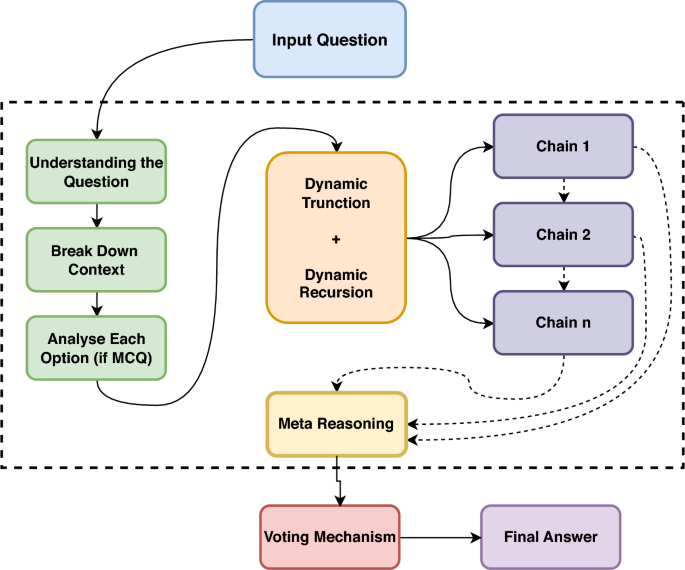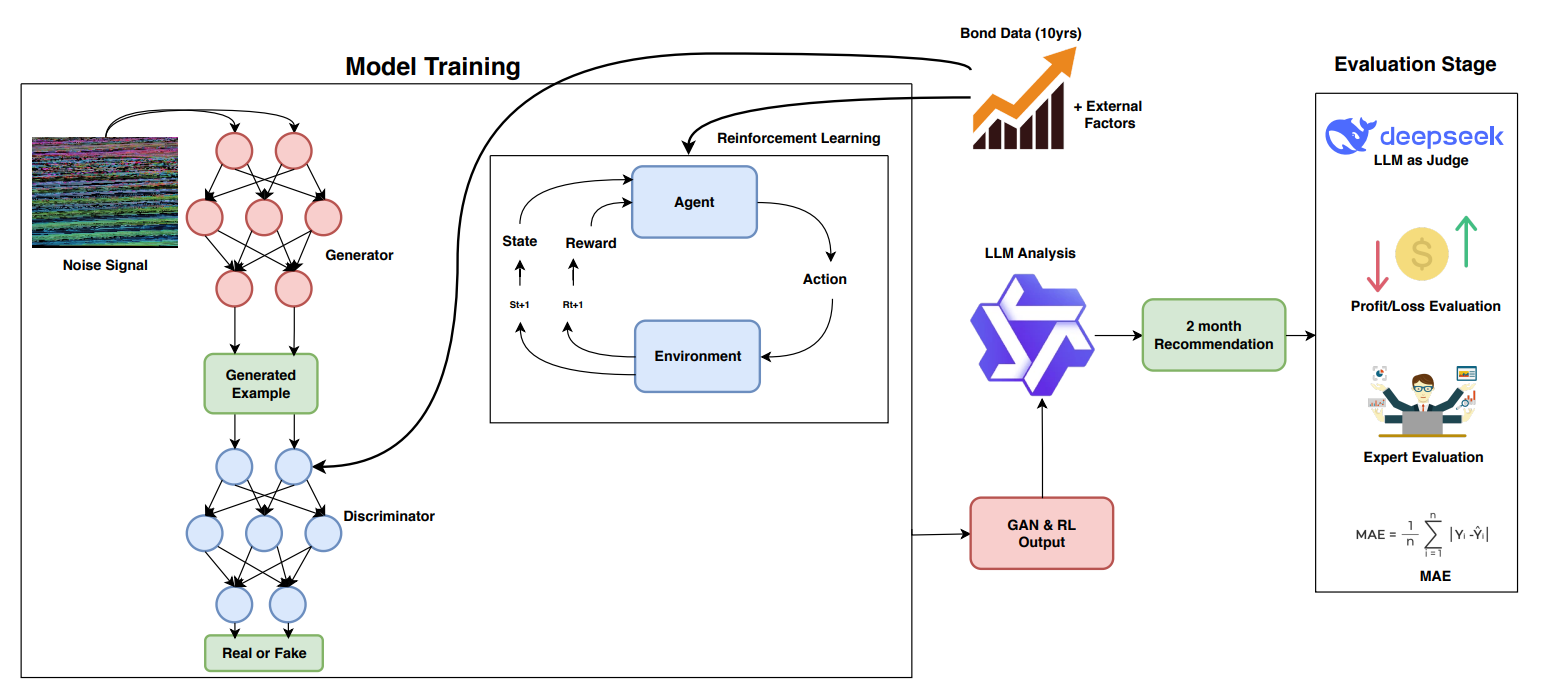About
I am a Masters student in Computer Science at the University of Copenhagen, specializing in Information Retrieval and Natural Language Processing. I previously completed my undergraduate at VIT Chennai. My research is centered on enhancing the reasoning and retrieval capabilities and overall performance of small language models while ensuring efficiency. Additionally, I work on addressing hallucination issues in models across various modalities.
I am fortunate to collaborate with wonderful mentors across various labs. I previously worked on hallucinations in Text2Video models with Prof. Amitava Das at the AI Institute, UofSC and on building efficient dense retrievers with Prof. Nirav Bhatt at WSAI-IIT Madras. Currently, at the Stanford STAIR Lab, I’m working with Rylan Schaeffer and Prof. Sanmi Koyejo on model collapse and exploring agent evaluation with Prof. Anand Rao at Carnegie Mellon University.
Research Interests
Recent Updates
Publications

Hard negatives are essential for training effective retrieval models. Hard-negative mining typically relies on ranking documents using cross-encoders or static embedding models based on similarity metrics such as cosine distance. Hard negative mining becomes challenging for biomedical and scientific domains due to the difficulty in distinguishing between source and hard negative documents. However, referenced documents naturally share contextual relevance with the source document but are not duplicates, making them well-suited as hard negatives. In this work, we propose BiCA: Biomedical Dense Retrieval with Citation-Aware Hard Negatives, an approach for hard-negative mining by utilizing citation links in 20,000 PubMed articles for improving a domain-specific small dense retriever. We fine-tune the GTE_small and GTE_Base models using these citation-informed negatives and observe consistent improvements in zero-shot dense retrieval using nDCG@10 for both in-domain and out-of-domain tasks on BEIR and outperform baselines on long-tailed topics in LoTTE using Success@5. Our findings highlight the potential of leveraging document link structure to generate highly informative negatives, enabling state-of-the-art performance with minimal fine-tuning and demonstrating a path towards highly data-efficient domain adaptation.
Recent advances in Large Multimodal Models (LMMs) have expanded their capabilities to video understanding, with Text-to-Video (T2V) models excelling in generating videos from textual prompts. However, they still frequently produce hallucinated content, revealing AI-generated inconsistencies. We introduce ViBe https://huggingface.co/datasets/ViBe-T2V-Bench/ViBe: a large-scale dataset of hallucinated videos from open-source T2V models. We identify five major hallucination types: Vanishing Subject, Omission Error, Numeric Variability, Subject Dysmorphia, and Visual Incongruity. Using ten T2V models, we generated and manually annotated 3,782 videos from 837 diverse MS COCO captions. Our proposed benchmark includes a dataset of hallucinated videos and a classification framework using video embeddings. ViBe serves as a critical resource for evaluating T2V reliability and advancing hallucination detection. We establish classification as a baseline, with the TimeSFormer + CNN ensemble achieving the best performance (0.345 accuracy, 0.342 F1 score). While initial baselines proposed achieve modest accuracy, this highlights the difficulty of automated hallucination detection and the need for improved methods. Our research aims to drive the development of more robust T2V models and evaluate their outputs based on user preferences.

Chain-of-Thought (CoT) prompting has revolutionized reasoning in Large Language Models (LLMs), enabling them to tackle complex tasks by mimicking step-by-step human thought processes. However, traditional CoT methods often suffer from high computational costs and context dilution, limiting their effectiveness, particularly in resource-constrained or real-time applications. To address these challenges, we introduce Dynamic Recursive Chain-of-Thought (DR-CoT), a novel reasoning framework for parameter-efficient models. DR-CoT synergistically integrates recursive reasoning, dynamic context truncation, and a voting mechanism. By selectively retaining the most salient context within a fixed token budget and aggregating inferences from multiple independent reasoning chains, DR-CoT significantly enhances reasoning accuracy. Extensive evaluations on challenging reasoning benchmarks, including GPQA Diamond and AIME2024, demonstrate the efficacy of DR-CoT. On GPQA Diamond, DR-CoT sees Pass@1 accuracy gains of 1.5% for Gemini 2.0 Flash Thinking Experimental, 2.7% for Grok 3 Beta, and 4.4% for o3 Mini. Similarly, AIME2024 results reveal consistent improvements of 3-4 percentage points across evaluated models. Furthermore, DR-CoT enhances zero-shot classification performance on GPQA Diamond, enabling compact BERT-sized models to surpass larger language models such as GPT-4 and LLaMA 2. In code generation tasks using HumanEval, DRCoT empowers models to exceed the performance of established frontier LLMs, including LLaMA 70B, Phi-3, and Claude Sonnet. These comprehensive results underscore DR-CoT’s effectiveness in bridging the performance gap between parameter-efficient models and state-of-the-art LLMs across multiple domains.

Training effective dense retrieval models typically relies on hard negative (HN) examples mined from large document corpora using methods such as BM25 or cross-encoders (CE), which require full corpus access. We propose a corpusfree alternative: an end-to-end pipeline where a Large Language Model (LLM) first generates a query from a passage and then produces a hard negative example using only the generated query text. Our dataset comprises 7,250 ARXIV abstracts spanning diverse domains including mathematics, physics, computer science, and related fields, serving as positive passages for query generation. We evaluate two finetuning configurations of DistilBERT for dense retrieval; one using LLM-generated hard negatives conditioned solely on the query, and another using negatives generated with both the query and its positive document as context. Compared to traditional corpus-based mining methods (LLM QUERY → BM25 HN and LLM QUERY → CE HN) on multiple BEIR benchmark datasets, our all-LLM pipeline outperforms strong lexical mining baselines and achieves performance comparable to cross-encoder-based methods, demonstrating the potential of corpus-free hard negative generation for retrieval model training.

Integrating powerful but computationally expensive Pre-trained Language Models (PLMs) with Graph Neural Networks (GNNs) is a key challenge, especially on text-rich heterophilic graphs. We propose the Graph Masked Language Model (GMLM), a framework designed for the efficient and effective fusion of graph structure and text semantics. GMLM employs a two-stage process: first, a contrastive pre-training stage with a novel soft masking technique builds a robust multi-scale GNN; second, an end-to-end fine-tuning stage uses a dynamic active node selection strategy for scalability and a bi-directional cross-attention module for deep fusion. Experiments on five heterophilic benchmarks show GMLM achieves state-of-the-art results on four, significantly outperforming prior GNN and large LLM-based methods. For instance, it improves accuracy on the Texas dataset by over 8% and on Wisconsin by nearly 5%. Our work demonstrates that a sophisticated, deeply-integrated architecture can be more effective and efficient than larger, general-purpose models for text-rich graph representation learning.

Financial bond yield forecasting is challenging due to data scarcity, nonlinear macroeconomic dependencies, and evolving market conditions. In this paper, we propose a novel framework that leverages Causal Generative Adversarial Networks (CausalGANs) and Soft Actor-Critic (SAC) reinforcement learning (RL) to generate high-fidelity synthetic bond yield data for four major bond categories (AAA, BAA, US10Y, Junk). By incorporating 12 key macroeconomic variables, we ensure statistical fidelity by preserving essential market properties. To transform this market dependent synthetic data into actionable insights, we employ a finetuned Large Language Model (LLM) Qwen2.5-7B that generates trading signals (BUY/HOLD/SELL), risk assessments, and volatility projections. We use automated, human and LLM evaluations, all of which demonstrate that our framework improves forecasting performance over existing methods, with statistical validation via predictive accuracy, MAE evaluation(0.103%), profit/loss evaluation (60% profit rate), LLM evaluation (3.37/5) and expert assessments scoring 4.67 out of 5. The reinforcement learning-enhanced synthetic data generation achieves the least Mean Absolute Error of 0.103, demonstrating its effectiveness in replicating real-world bond market dynamics. We not only enhance data-driven trading strategies but also provides a scalable, high-fidelity synthetic financial data pipeline for risk & volatility management and investment decision-making. This work establishes a bridge between synthetic data generation, LLM driven financial forecasting, and language model evaluation, contributing to AI-driven financial decision-making.